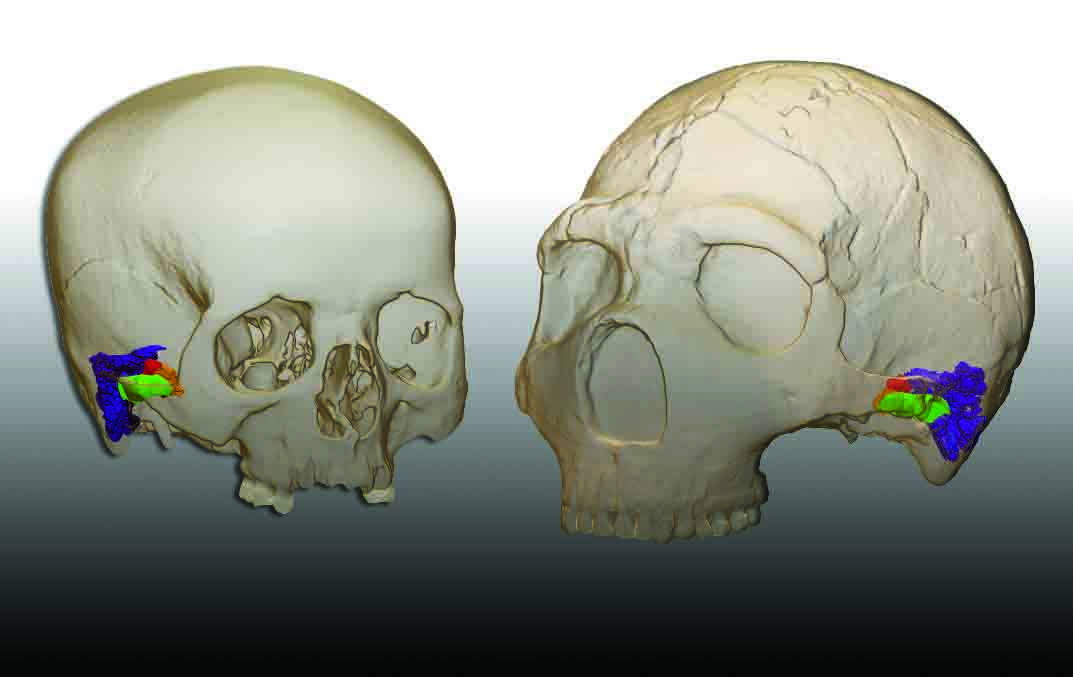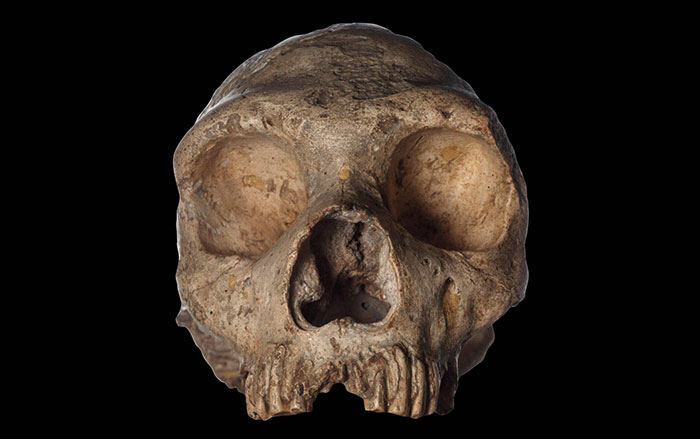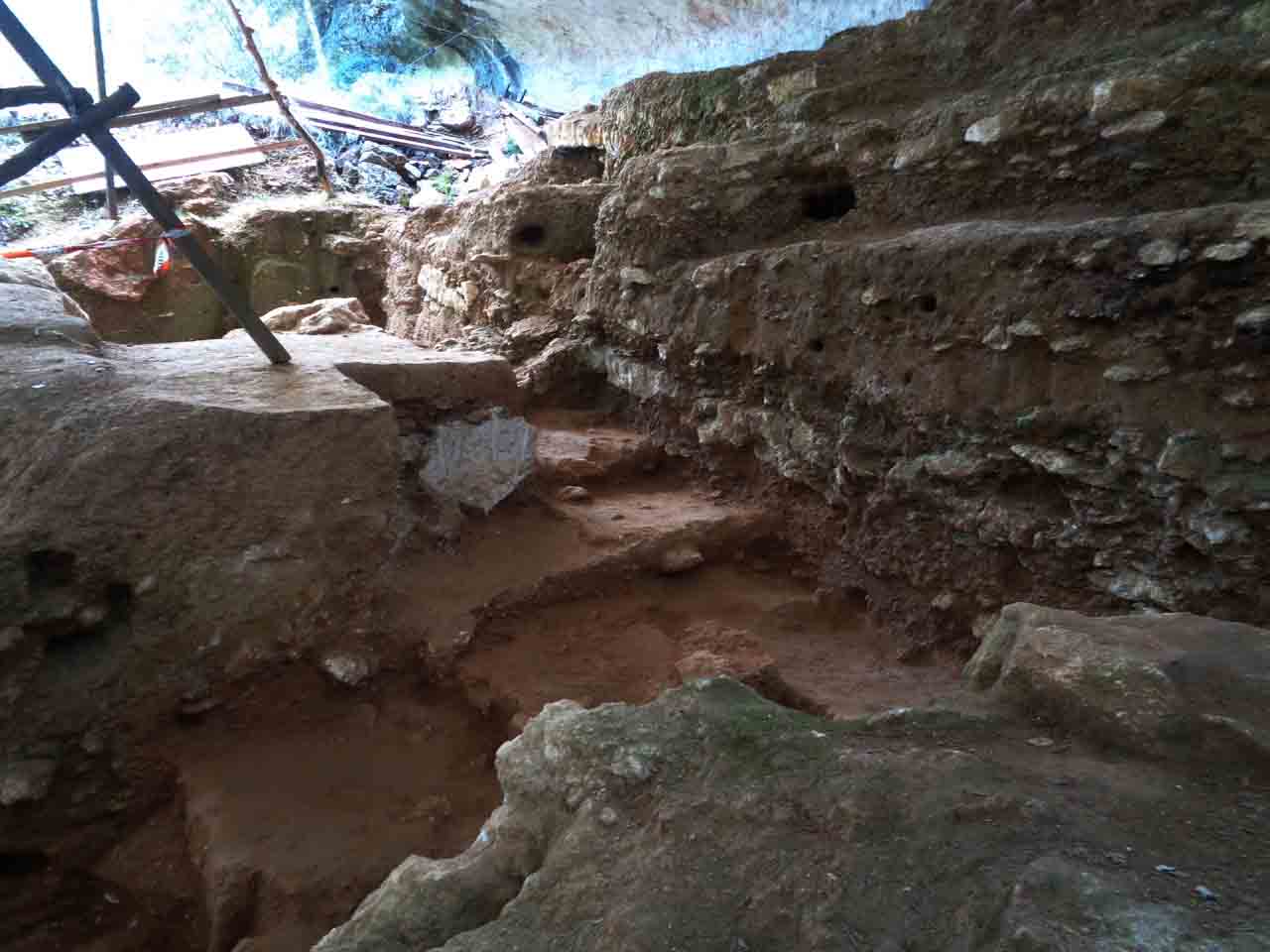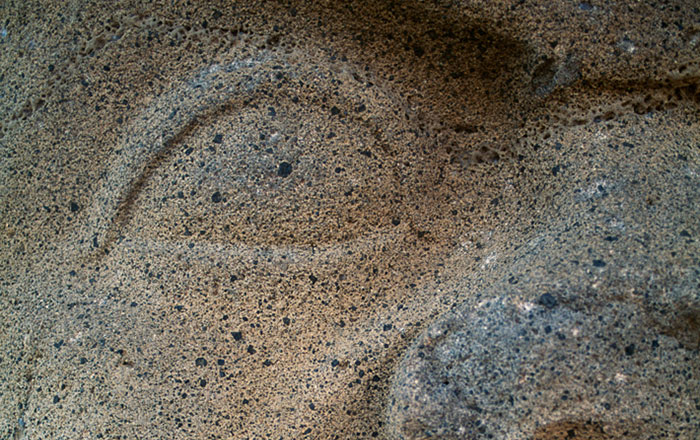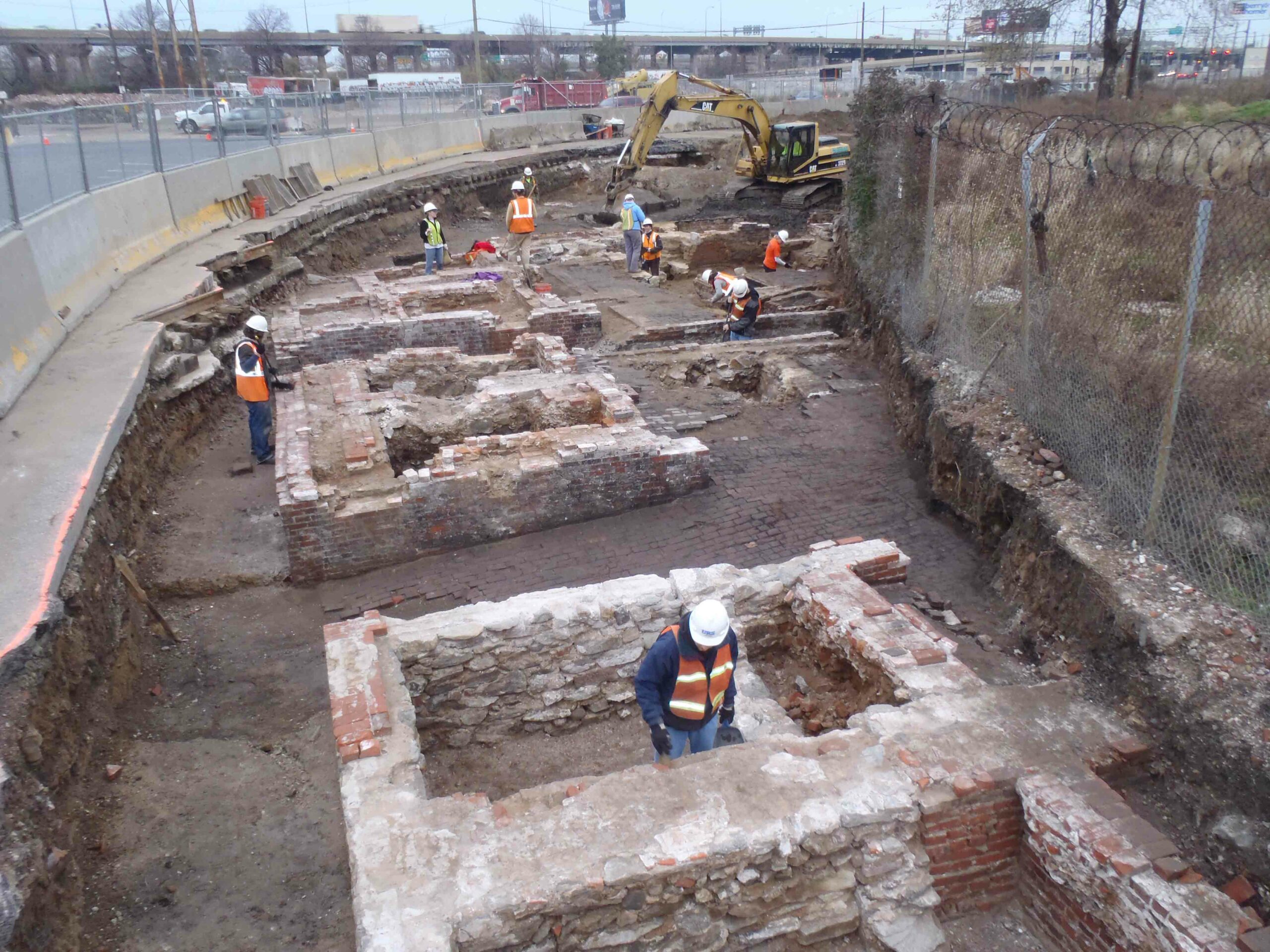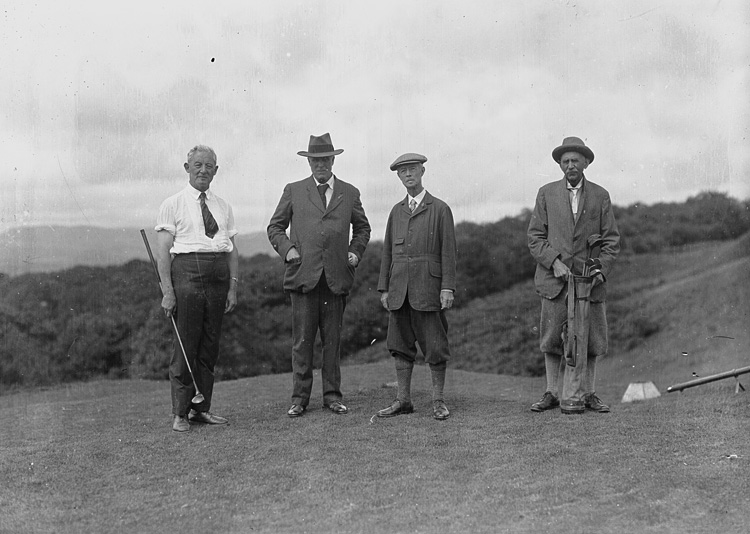
COLUMBIA, MISSOURI—According to a report in Science News, Libby Cowgill and James Bain of the University of Missouri evaluated injuries found in Neanderthal fossils, and the possibility that comparing them to injuries experienced by modern humans could offer insights what Neanderthal lives were like. About 30 percent of known Neanderthal fractures affect the face and head, a far greater ratio than almost all modern causes of injury. In an earlier study, a team of researchers, including Erik Trinkaus of Washington University in St. Louis, compared Neanderthal injuries, perhaps inflicted by large prey, to those suffered by rodeo riders. Trinkaus later suggested that these upper-body injuries could reflect clashes with other Neanderthals, or even Homo sapiens. Alternatively, many Neanderthals with lower-body injuries may have died before reaching rock-shelters, where fossils are usually found. In their follow-up, Cowgill and Bain compared the record of Neanderthal injuries to fracture data from the National Electronic Injury Surveillance System, and found similar patterns in Neanderthal injuries and those caused by accidents involving golf, water tubing, and games involving Frisbee and boomerangs, rather than rodeo riding. Cowgill and Bain concluded that it may not be meaningful to compare injury patterns experienced by modern humans and extinct hominins. This is especially the case since Neanderthals' fractures may have occurred during the fossilization process, as Trinkaus explained. To read more about Neanderthals, go to “Early Man Cave.”


